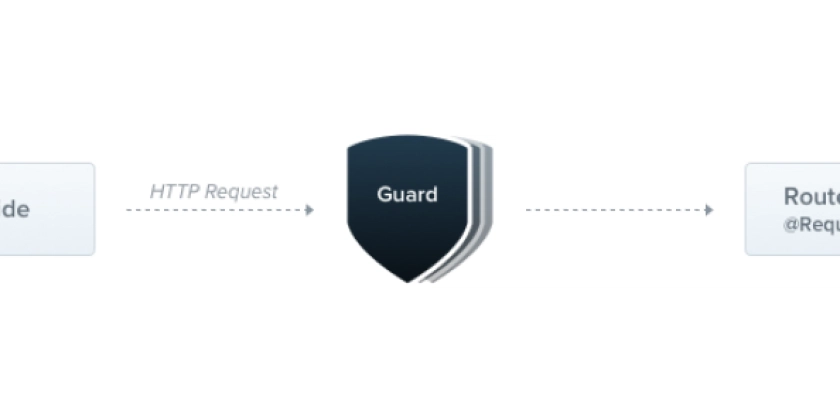
Build a User-Friendly Multi-Step Form: Tailwind CSS and Alpine.js Guide
Want to make lengthy forms less intimidating for your users? This guide shows you how to create a dynamic, multi-step form using the power of Tailwind CSS and Alpine.js. We'll walk you through the process of crafting a responsive and interactive form, making data collection a breeze.
Why Use a Multi-Step Form?
Long forms overwhelm users. Multi-step forms break these down into manageable chunks. Here’s why they rock:
- Improved User Experience: Less daunting, keeps users engaged.
- Higher Completion Rates: Users are more likely to finish smaller sections.
- Focused Data Collection: Gather specific information step-by-step.
- Enhanced Accessibility: Easy to navigate on different devices.
Step-by-Step Guide to Creating Your Form
Let's dive into the code. We'll cover the core elements you need to create your multi-step form using Tailwind CSS and Alpine.js.
1. Set Up Your HTML Structure
This involves creating the basic HTML markup and sections for each step in your form. Each section will contain the form fields relevant to that step. Use semantic HTML for better accessibility and SEO.
2. Style with Tailwind CSS
Tailwind CSS makes styling a breeze. Use its utility classes to quickly style your form elements, create a responsive layout, and ensure visual consistency. This includes styling the form container, input fields, buttons, and progress bar.
3. Add Interactivity with Alpine.js
Now for the magic. Alpine.js handles the dynamic behavior of your form. Use it to:
- Manage Step Visibility: Show and hide form sections based on the current step.
- Handle Navigation: Create "Next" and "Previous" buttons.
- Validate Input: Ensure users enter correct information before proceeding.
4. Implement Form Logic
This involves writing the Alpine.js code to manage the form's state and behavior. This includes:
- Tracking the Current Step: Use an Alpine.js variable to store the current step number.
- Updating the Progress Bar: Reflect the user's progress through the form.
- Storing Form Data: Capture user input and store it for submission.
5. Form Validation and Error Handling
Input validation is crucial. Catch errors early with Alpine.js. Display clear and helpful error messages to guide the user.
6. Enhance Your Form with These Extra Touches
Here are some tips to take your responsive multi-step form to the next level:
- Progress Bar: Visualize the user's progress through the form.
- Animations: Add subtle animations to make the form more engaging.
- Accessibility: Ensure your form is accessible to all users.
7. Testing and Refinement
Test your multi-step form thoroughly and gather user feedback to squash bugs. Refine the design and functionality based on real-world usage. This ensures a smooth and pleasant user experience.
Boost Conversions with an Optimized Multi-Step Form
Creating a dynamic multi-step form using Tailwind CSS and Alpine.js not only enhances the user experience but also increases form completion rates. Use this guide to build responsive, interactive forms. Transform your data collection process now!






![California Software Companies: Unveiling Tech Leaders & Future Trends [2025]](https://media2.dev.to/dynamic/image/width=1000,height=500,fit=cover,gravity=auto,format=auto/https%3A%2F%2Fcontenu.nyc3.digitaloceanspaces.com%2Fjournalist%2F5bd5aa41-4877-4647-a4d3-4f4915a589fc%2Fthumbnail.jpeg)
















